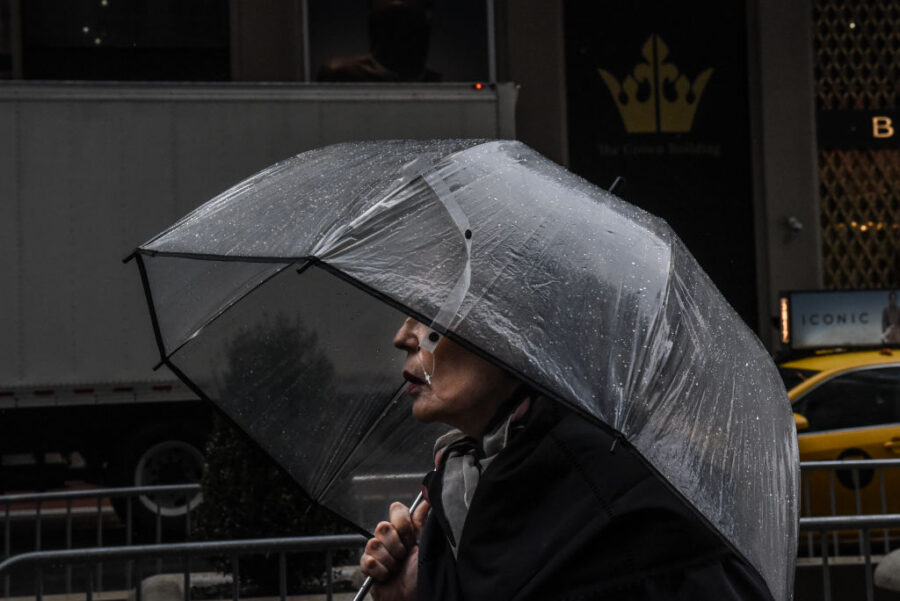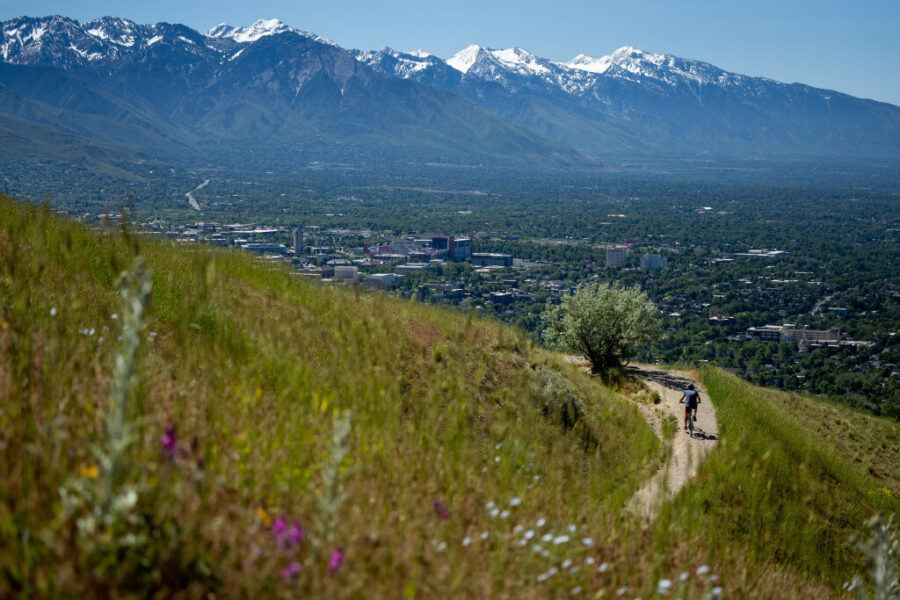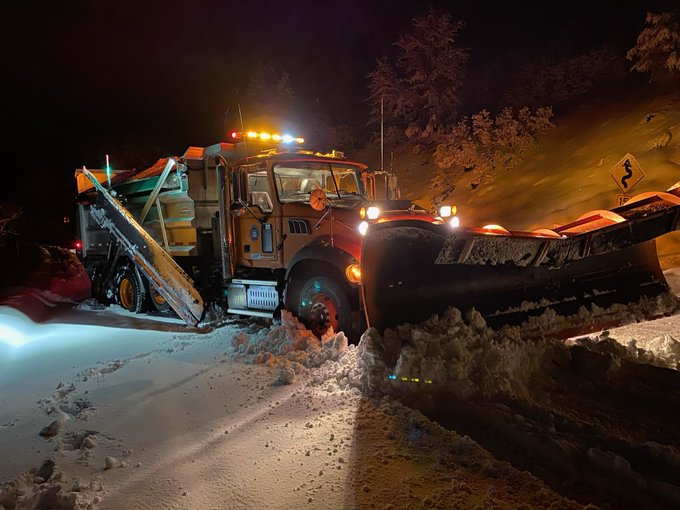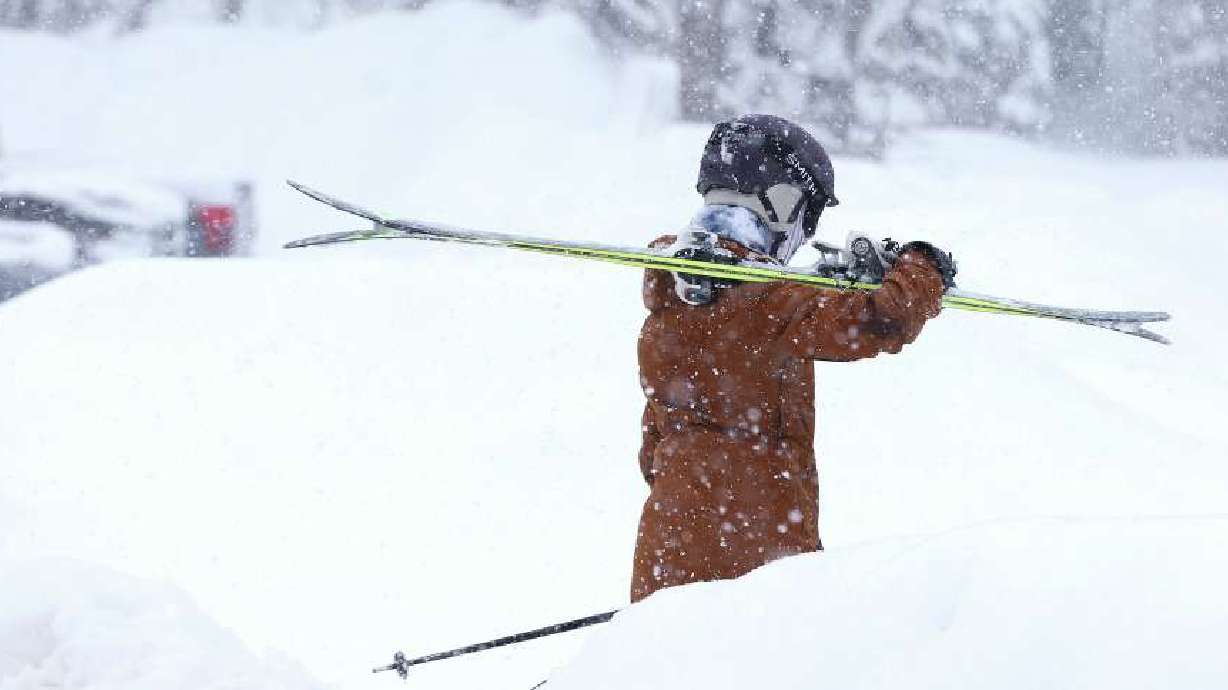‘Professor Powder’ explains Little Cottonwood’s avalanche risk
Apr 4, 2023, 6:35 PM
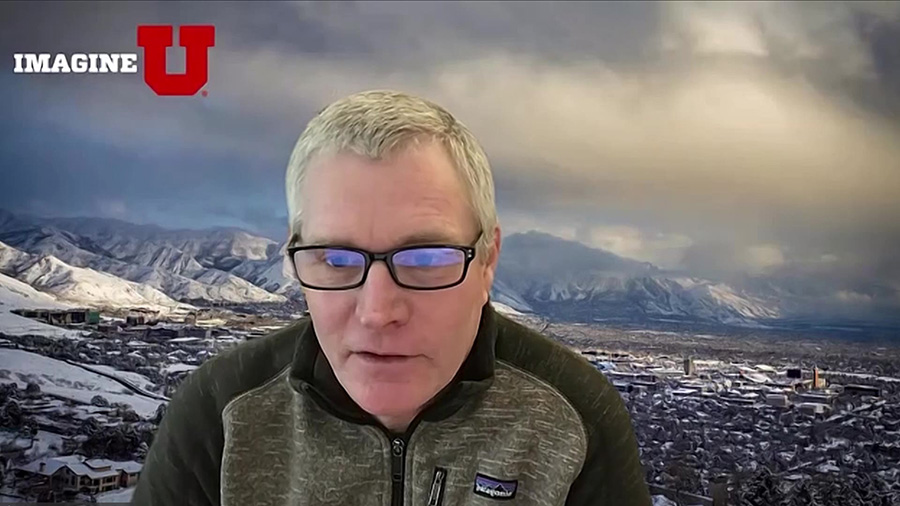
Jim Steenburgh, also known as Professor Powder. (KSLTV)
(KSLTV)
SALT LAKE COUNTY — Little Cottonwood Canyon remains closed Tuesday evening as visitors and workers at Alta and Snowbird must stay inside due to the ongoing avalanche danger.
The avalanche risk level on Little Cottonwood Canyon Road is higher than any road in the county.
A University of Utah meteorologist who has studied that canyon shared his insight on the avalanche paths that put Little Cottonwood Canyon in danger when the snow piles up.
“We are now pushing through 850 inches at Alta. It’s an enormous amount of snow,” said Jim Steenburgh, also known as Professor Powder, on Twitter.
The professor of atmospheric sciences at the U of U points out that Little Cottonwood Canyon Road, State Route 210, is bisected by 50 to 64 avalanche paths, depending on how they are counted.
Steenburgh said the canyon road is closing more often this season because the slide paths are buried in snow.
“Our snow records are not perfect when we go back in time. But this is certainly one of the most epic seasons that we’ve ever seen here in Utah,” he explained. “Like I said, it’s a great time to be alive. ”
The snow is as deep as 20 feet in places near the top of the canyon, and that volume of snow primes the slides.
Estimates vary, but at least 74 people were killed by avalanches during the mining area and Alta was damaged repeatedly. In 1884, the Salt Lake Tribune suggested 143 people were killed in avalanches around Alta (74 is the Alta Historical Society estimate).
2/9
— Jim Steenburgh (@ProfessorPowder) April 4, 2023
“There’s nothing to stop these avalanches from hitting the highway,” Steenburgh said. “People will say that the slide paths are greased… everything’s buried. There’s no trees, no rocks to break these things up, and so they’re just running right to the road. ”
That can be deadly if cars or people outside the lodges are on the road. That’s why Snowbird and Alta resorts have entered inter-lodge during the last two days.
“The risk in Little Cottonwood is quite high,” Steenburgh explained. “It’s a combination of the number of avalanche paths, the frequency at which avalanches hit the road, and the sheer volume of traffic that goes up that highway. ”
Utah’s Department of Transportation avalanche crews work with the resorts to mitigate the danger. Over the years, avalanche control teams have used howitzers to trigger avalanches by blasting them. They also use remote avalanche control systems from which they detonate charges.
“Tall towers, and they keep an array of explosives in the upper part of the tower that they can lower down and remote detonate to trigger avalanches,” Steenburgh said.
That often means closing the highway because it’s too dangerous to keep it open when they are triggering slides. So, skiers and snowboarders must wait.
“I have a friend that flew in from Colorado wanting to ski this storm cycle at Alta,” the professor said. “He had reservations at the Peruvian, and he’s been parked in Sandy for the last two nights. This is just a reality of Utah skiing. ”
Professor Powder never speculates on when the road will reopen. He said there’s no way to rush this work, especially as the snowfall continues.



